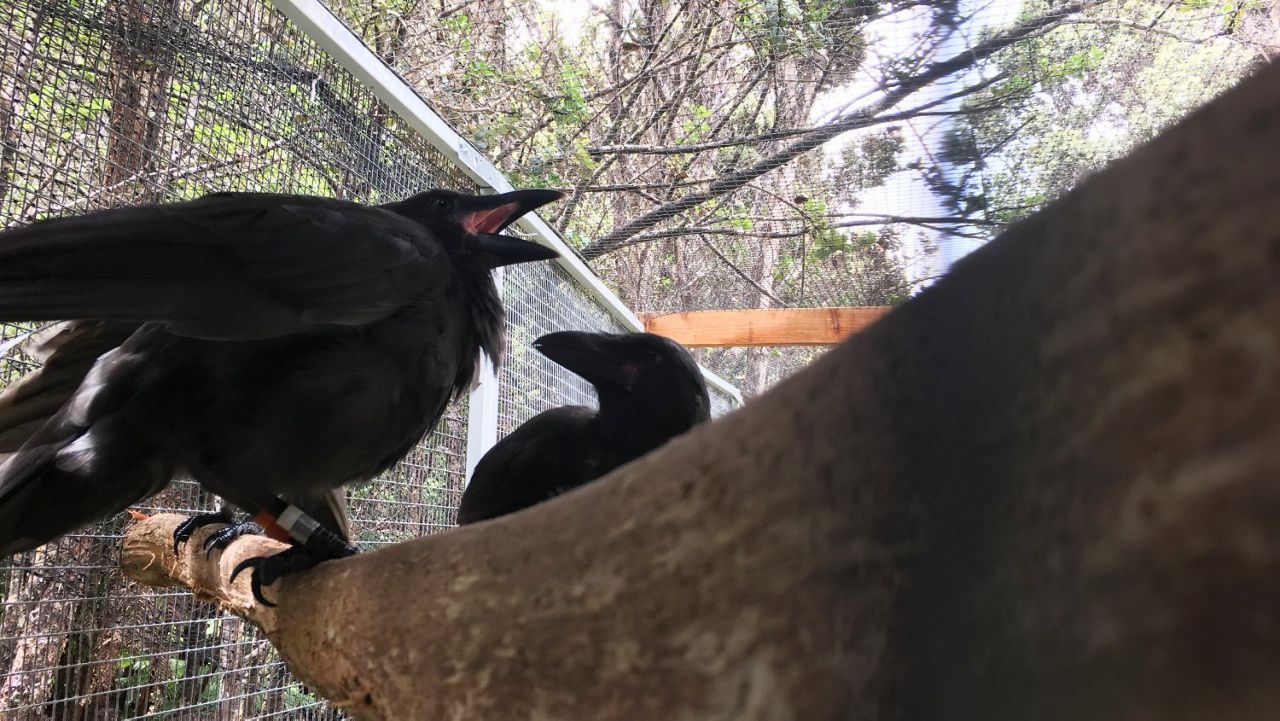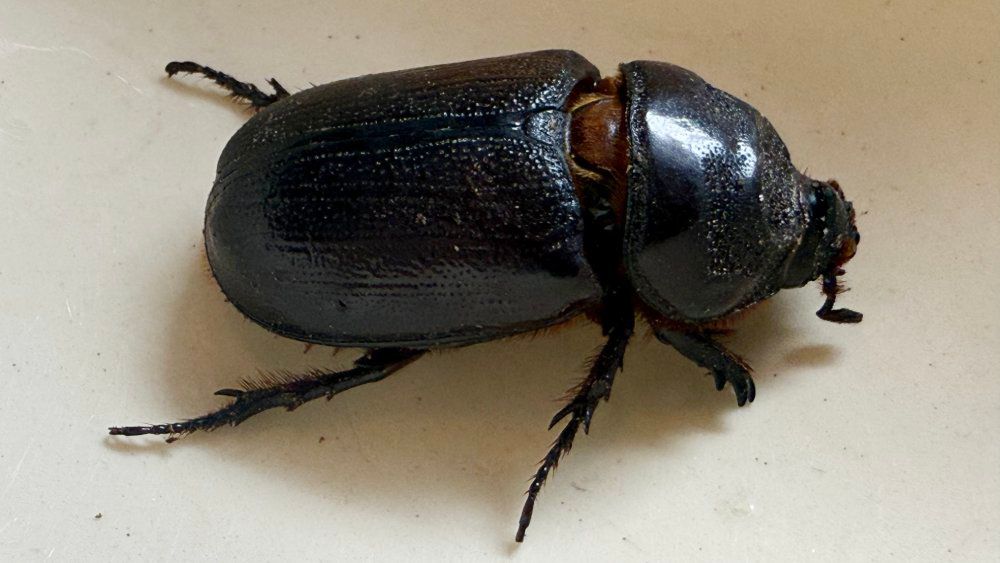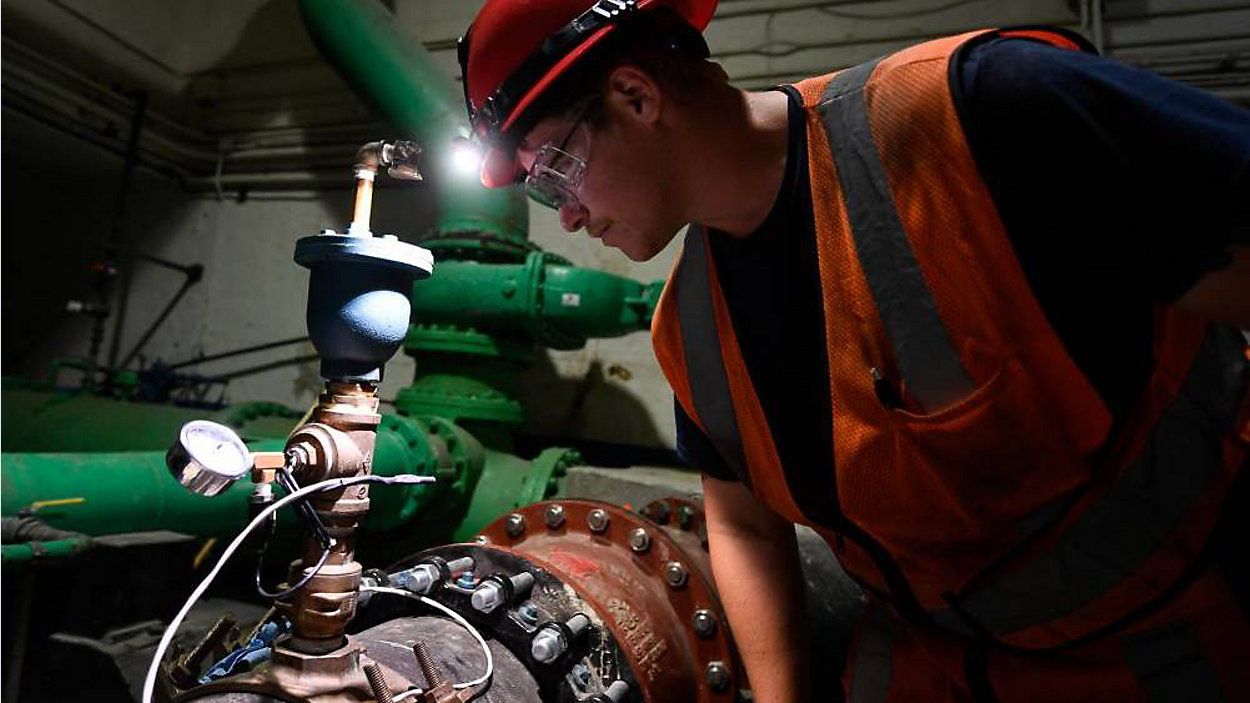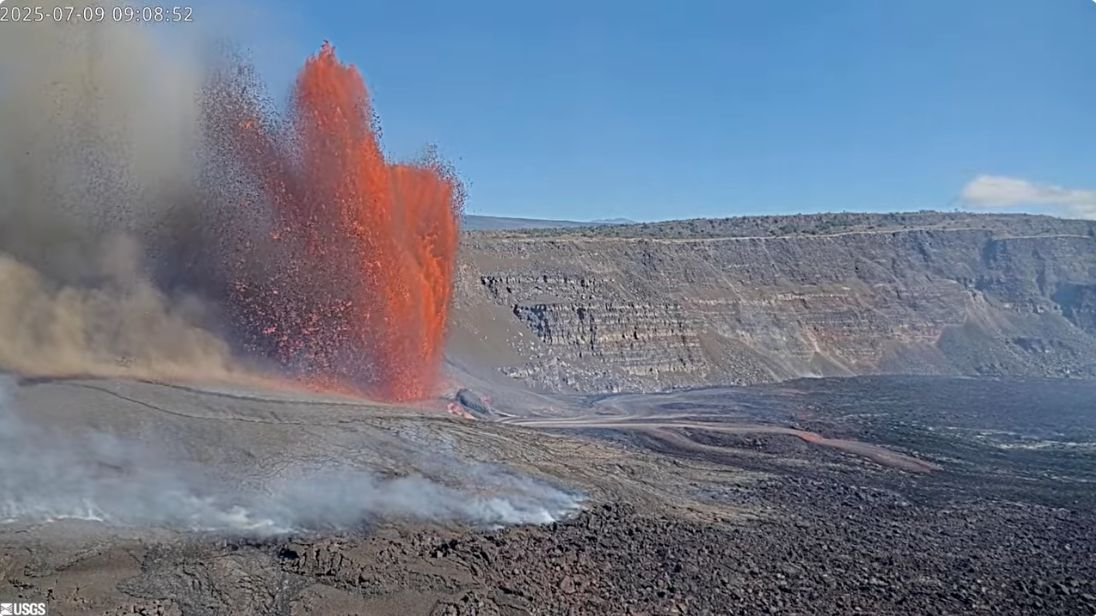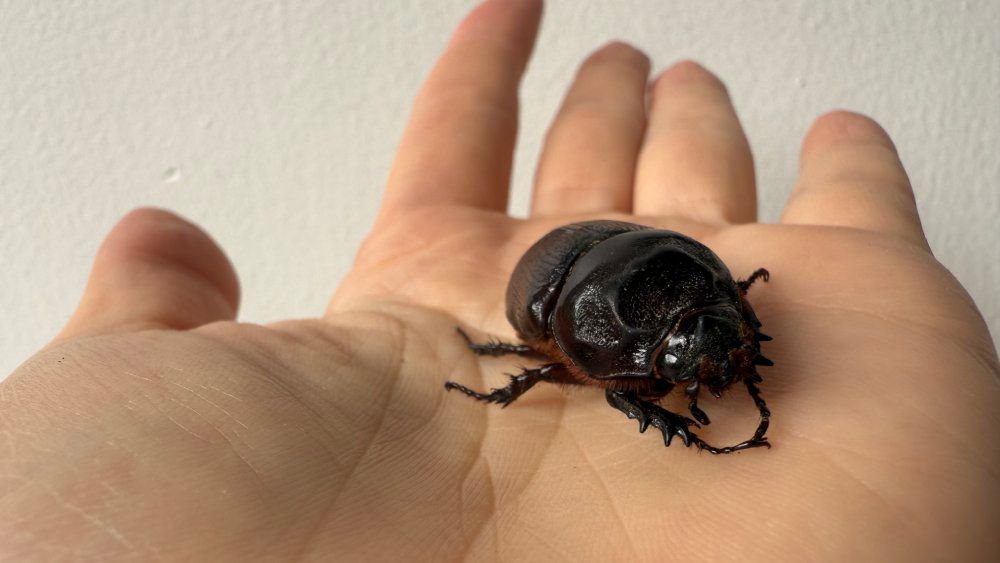HONOLULU — The Board of Land and Natural Resources on Friday approved plans for the pilot release of captive-bred ʻalalā, native Hawaiian crows, into east Maui forest reserve lands.
The Department of Land and Natural Resources and U.S. Fish and Wildlife Service collaborated on the project, evaluating eight potential sites on Maui and Molokai for the release.
A previous attempt to reintroduce ʻalalā on Hawaii Island was stopped because the crows were being preyed upon by the native Hawaiian hawk, ʻio, their natural predator.
Although ʻalalā were last known to exist on Hawaii Island, there is evidence of a Corvid (crow family) species existing on Maui and Molokai, according to a DLNR news release. Researchers are hoping the release is successful on Maui since the county does not have a breeding population of the Hawaiian hawk.
A joint environmental assessment addressed possible impacts of releasing ʻalalā, focusing on two sites, Kipahulu Forest Reserve and Koolau Forest Reserve. The EA focused on a 2.4-mile radius surrounding the sites, the farthest distance ʻalalā are expected to travel based on the Hawaii Island release.
The DLNR Division of Forestry and Wildlife indicated Kipahulu Forest Reserve as the preferred release site to minimize the potential impact to rare snails and other native species.
The EA also addressed potential impacts to “other threatened and endangered plants and animals, to cultural, recreational and wilderness resources, and to public health and safety, air quality, climate change and environmental justice,” per the release.
ʻAlalā will come from the captive population of 120 at two conservation breeding facilities managed by the San Diego Zoo Wildlife Alliance on Maui and Hawaii Island.
After a review of the final EA, representatives from DOFAW told board members they concluded that a “Finding of No Significant Impact” justified the pilot release. The BLNR then voted unanimously to approve the plan. No release date has been set.
Sarah Yamanaka covers news and events for Spectrum News Hawaii. She can be reached at sarah.yamanaka@charter.com.





